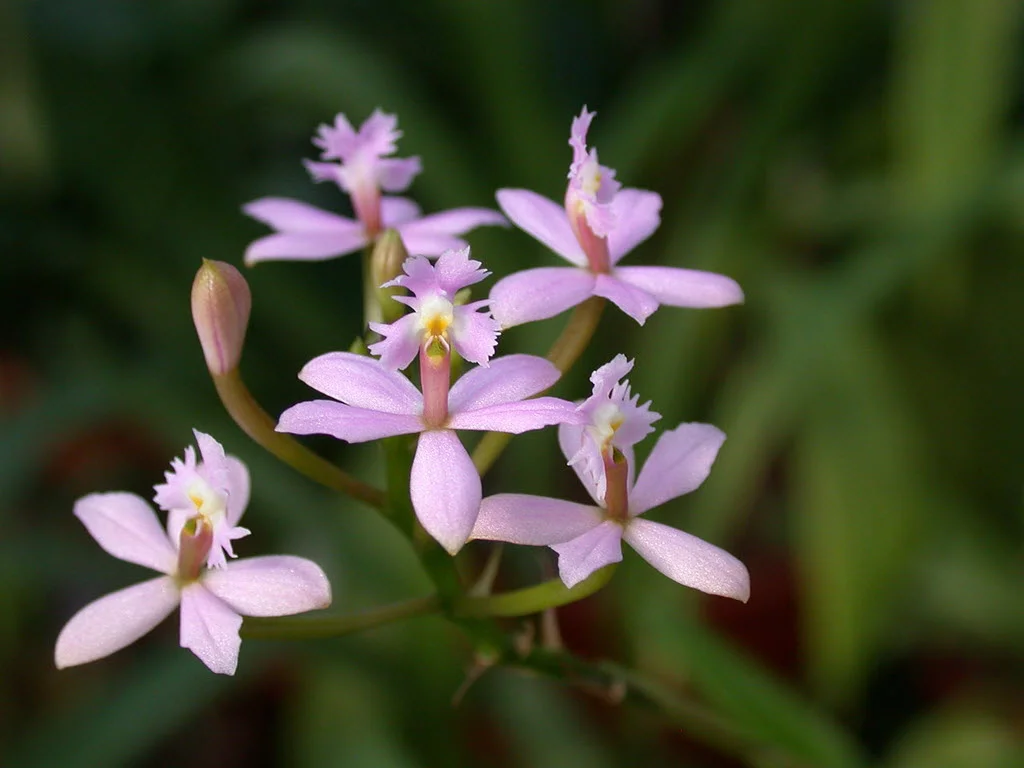Table of Contents
Pronunciation: sik-NO-keys
Other Names: Swan Orchid
Introduction
The Cycnoches orchid is a stunning specimen that differs from a lot of orchids by the fact that it has separate male and female flowers rather than being hermaphroditic as so many plants are. The sex of your orchid depends on the temperature it's grown in.
cycnoches egertonianum
This orchid has pseudobulbs that are spindle-shaped with three to seven pairs over very thin, veined leaves. The flowers are typically a decent size and showy with pinks, yellow, and white being the common colors. These flowers are native to southern Mexico, Central America, and South America.
Temperature
For optimal growing conditions, your Cycnoches orchid likes warm or intermediate temperatures to grow and bloom completely. During the daytime, you want temperatures to stay between 70°F and 80°F (21°C to 27°C). The ideal nighttime temperatures range between 60°F and 65°F (16°C to 18°C).
Additionally, they'll tolerate some extreme temperature changes, but these can't be prolonged, or the plant will suffer damage or death. As long as you keep your temperatures consistent, you shouldn't have any significant problems with your plant. The ideal humidity level should be between 50% and 70%.
Light
These plants like very bright light to bloom, but they don't to well in direct light conditions. Their light needs are dim compared to many orchids, but it's plenty bright enough for indoor growth. You can try to set your orchid in an east-facing window or in a slightly shaded south-facing window.
These plants don't tolerate direct sunlight, and it can lead to sunburn very quickly. However, if they're not getting enough light, they may not grow or bloom as large as they should. If this is the case, try slightly more indirect light.
Water and Humidity
Cycnoches require a lot of water, especially during their active growing periods because they grow at a very rapid pace. You can drench your orchid in the early morning hours twice a week during the summer months and let it slowly dry out throughout the day. You want to keep this orchid moist but ensure it's not standing in water.
The orchid's leaves will fall after it blooms, and this signals the start of their dormant period. During the winter months, you can cut watering back to once a week until active growth resumes and when you water it, but you shouldn't soak it. It just needs light watering until it comes out of the dormant period.
Feeding
You should feed your orchid once a week during the active growth period with a 25-9-9 high-nitrogen fertilizer. You can mix this at one teaspoon per gallon of water.
As the plant enters its dormant stage, you can cut back your fertilizing to once a month until you see new growth starting again in the early spring.
Potting
As this orchid is classified as being terrestrial (it grows in soil), it can do very well with an orchid mix or general bark potting medium. You can also use a mix of sphagnum moss or fine fir bark because that has excellent water retention without soaking the plant's roots.
The best time to repot this orchid is in the spring when it comes out of its dormant or dry rest period. It is a good idea to repot this orchid every two years when the potting medium starts to decay. If you don't repot it at this time, the roots could become damaged, and the plant can suffer.
Video
Miss Orchid Girl shares her Cycnodes Wine Delight and shows off its large deep red blooms. She talks about their scent - a spicy and minty fragrance that is intoxicating.
If you want to know more about other orchids with distinct fragrances, be sure to read our list of orchids and their scents. If you want to add more interesting orchid species to your collections, head on over to our comprehensive list of the different types of orchid.
See More Additions To Your Garden











